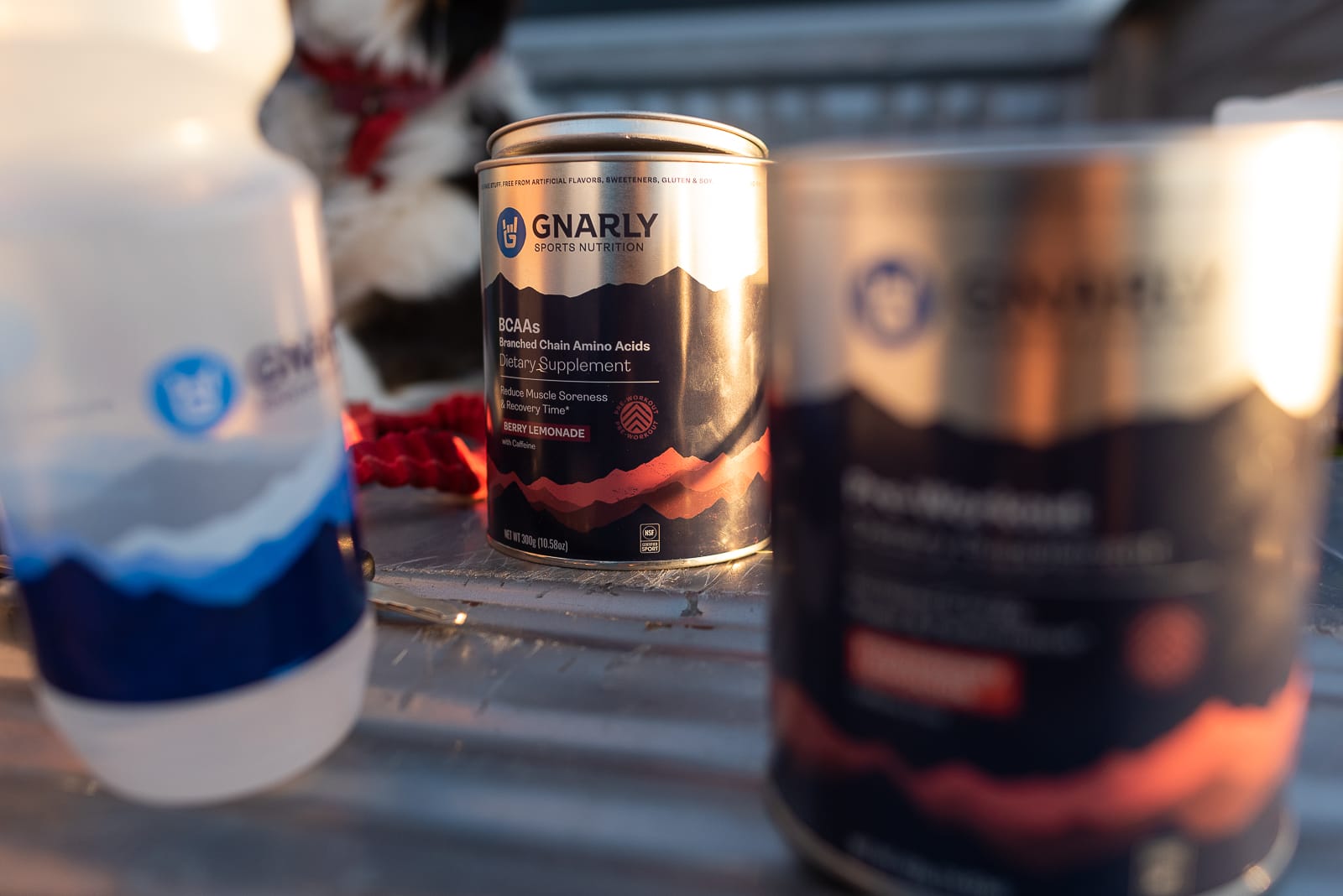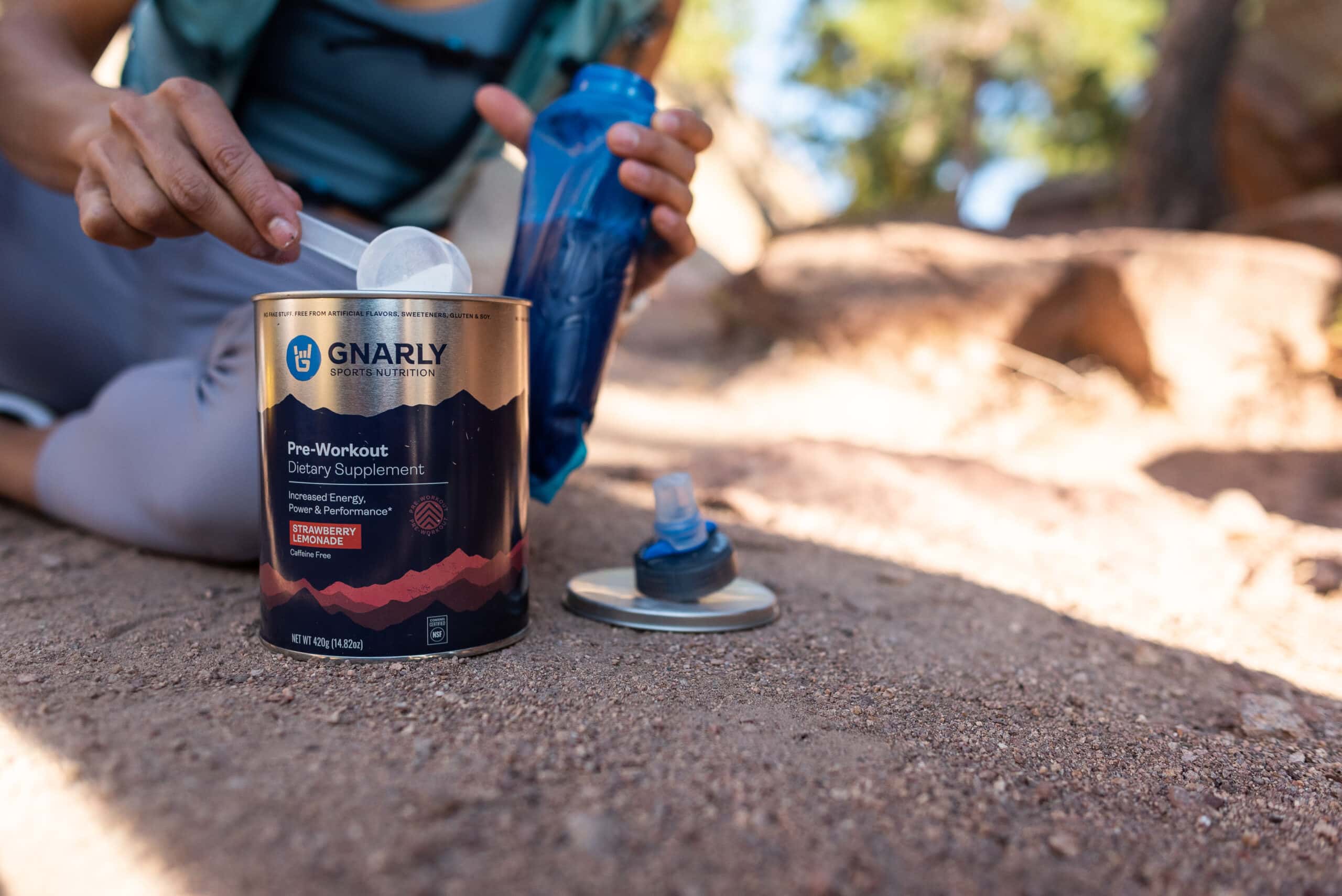Gnarly Truth #1
WHAT CAN WE DO?
Opt for more recyclable materials, like metals and paper, over ANY form of plastic (even the recyclable kind!) if given the opportunity.
Gnarly Truth #2
WHAT CAN WE DO?
Don't assume! Familiarize yourself with the exact plastics your curbside and/or local programs can recycle. Don't inherently trust a "recyclable" symbol.
Gnarly Truth #3
WHAT CAN WE DO?
Double check that anything labeled "biodegradable" also has available information on how long it takes to fully biodegrade, and how to properly dispose of it before purchase.
Photo: Doug Beckers
Gnarly Truth #4
WHAT CAN WE DO?
Confirm your own neighborhood's recycling plan. Does it offer robust recycling and composting? If not, consider encouraging neighbors to go in a hired waste management program that offers recycling or, better yet, if you don’t have curbside recycling or a drop-off location in your community, talk to your town council or county commissioners.
Gnarly Truth #5
WHAT CAN WE DO?
Reduce, down to zero, the sales and purchase of single-use plastic.
Gnarly Truth #6
WHAT CAN WE DO?
Glass & metal can take even longer to break down, so our surest solution is to opt for reusable materials with a high recycling rate, and aim to keep as much waste out of landsfills as possible.
Gnarly Truth #7
WHAT CAN WE DO?
Shrinking our carbon footprint will take more than just recycling. It will also take massive efforts to reduce consumption and minimize waste from the offset.
Photo Credit: Corey Seeman
Gnarly Truth #8
WHAT CAN WE DO?
Read labels and check your curbside program! Not everything can be handled by curbside, which means some packaging and materials need to be taken to a more robust recycling center.
Photo: Dave Croker
Gnarly Truth #9
WHAT CAN WE DO? Double check what can actually be sorted in your single-stream curbside program. If unsure, it's better to leave the item out vs contaminate the entire bin.
Photo Credit: Kristian Bjornard
Gnarly Truth #10
WHAT CAN WE DO?
Avoid assuming "compostable" means a material can simply be thrown in your backyard compost pile. Reach out to companies asking for clarification on compostability, and assurance that the packaging will truly compost in a reasonable amount of time without causing damage to the environment by releasing destructive chemicals or distributing microplastics.
Photo Credit: Ckgurney, CC
Gnarly Truth #11
WHAT CAN WE DO?
Recyclers should be sure to check what's NOT recyclable in their own curbside and follow up with the processes outlined by their neighborhood recycling management. But most importantly, reducing all waste (both recyclable and non) will be most impactful.
Photo from PxHere
Gnarly Truth #12
WHAT CAN WE DO?
Before tossing it in the recycling bin, double check if that recycling symbol is truly accurate. Then, create an action plan to reduce plastic use in your home entirely.
Photo from PxHere
Gnarly Truth #13
WHAT CAN WE DO?
Encourage and advocate for access not just in your own home, but in public spaces. If there isn't easy access to recycling, don't revert to trash - take the extra steps to get the waste in the right receptacle, even if it means taking it with you.
Photo from PxHere
Gnarly Truth #14
WHAT CAN WE DO?
Opt for plastic-free packaging wherever possible. Other solutions include paper, metals, and recyclable/biodegradable fibers (fabrics).
Picture from PxHere
Gnarly Truth #15
WHAT CAN WE DO?
In some cities, items like used pizza boxes ARE accepted, which means it's on the end consumer to know exactly which recyclables are accepted in their bins.
Gnarly Truth #16
WHAT CAN WE DO?
Opt for paper, glass, or metals wherever possible. Paper can be recycled 5-7 times, and metal and glass can both be recycled infinitely. (Be sure to make sure all glass, metal, and papers are free from food remains before tossing them into curbside!)
Gnarly Truth #17
WHAT CAN WE DO?
There's no short, easy answer to solving the plastic export problem - which is why Step #1 is understanding that it's a profitable business model, and Step #2 advocating for the solutions that cause the least harm to the U.S. and surrounding countries who are receiving our trash. Read more on the profit behind plastics HERE.
Photo: Myat T. Aung, CC BY-SA 4.0 ,via Wikimedia Commons
Gnarly Truth #18
WHAT CAN WE DO? Change our habits, but also, more importantly, hold e-commerce businesses accountable for the waste their products and packaging create.
Gnarly Truth #19
WHAT CAN WE DO?
It isn't enough to simply recycle plastic when we know too much of it is being created. Businesses and consumers must reduce plastic usage from the start by opting for alternative materials with higher durability and recyclability rates - our oceans are counting on a reduction of waste overall.
Photo: MichaelisScientists, CC BY-SA 4.0

























